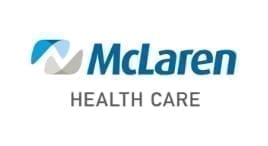With expertise from Dr. Tim Hannon, a clinical transformation expert and CEO of Healthcare Forward, McLaren began by creating a step-by-step action plan with the objectives of:
- Identifying and gaining buy-in from all necessary stakeholders across multiple departments, including physicians, diagnostics, and marketing. McLaren’s internal utilization committee would need to include a variety of roles, leading to more informed perspectives and outcomes.
- Leveraging best practices that would set up the organization for success from the onset. For example, McLaren knew it would be best to keep all utilization benchmarks high-level versus calling out specific physicians, which may have created less receptiveness to change from the onset.
- Creating a clear measurement plan against short- and long-term goals, with the ability to track improvement over a given time period.
Building on this plan, their utilization program emphasized 3 key areas:
Critical Technology
For McLaren to understand its biggest opportunities for improvement, it first needed to break down technology barriers. Leveraging the hc1 Platform, the organization was able to gather and house all disparate data in a single repository, clean and organize the data, and automatically deliver dashboards that made actionable metrics available to stakeholders for review.
Focus & Approach
McLaren also followed utilization best practices as set out by the Choosing Wisely list, which provides structure for 5 categories of utilization management:
- High-cost and unreimbursed testing
- Unnecessary blood transfusions
- Duplicative or repetitive tests
- Clinical pathway diversions
- Obsolete or unproven tests
Tackling all 5 areas at once would make it difficult to zero in on real improvements. Using the visualization offered via hc1, McLaren identified repetitive testing as its first major area of improvement. McLaren also decided to focus its test utilization initiatives on in-patient visits (versus ER or outpatient visits), putting the weight of its resources towards driving change among its own providers.
Actions to Drive Positive Change
With real-time visibility and a clear focus for initial improvement, McLaren was able to then quickly compare utilization trends by site location, physician, and several other attributes to bring issues and opportunities to light.
These findings were then presented to all stakeholders with real-time, data-backed reports and benchmarks. With an education-oriented mindset, the utilization committee met with ordering physicians to guide behavior toward safer, more patient-focused care.
McLaren was able to drive further change by including hard stops and semi-hard stops via an integration between hc1 and its EHR. For example, lipid profiles, consistently topping the list for over-utilization at several sites, were previously an unnecessary part of an order set and have since been removed. In other instances, the physician is now presented with all associated information (including previous test information) to determine whether a test that is flagged as an unnecessary reorder should be ordered.



